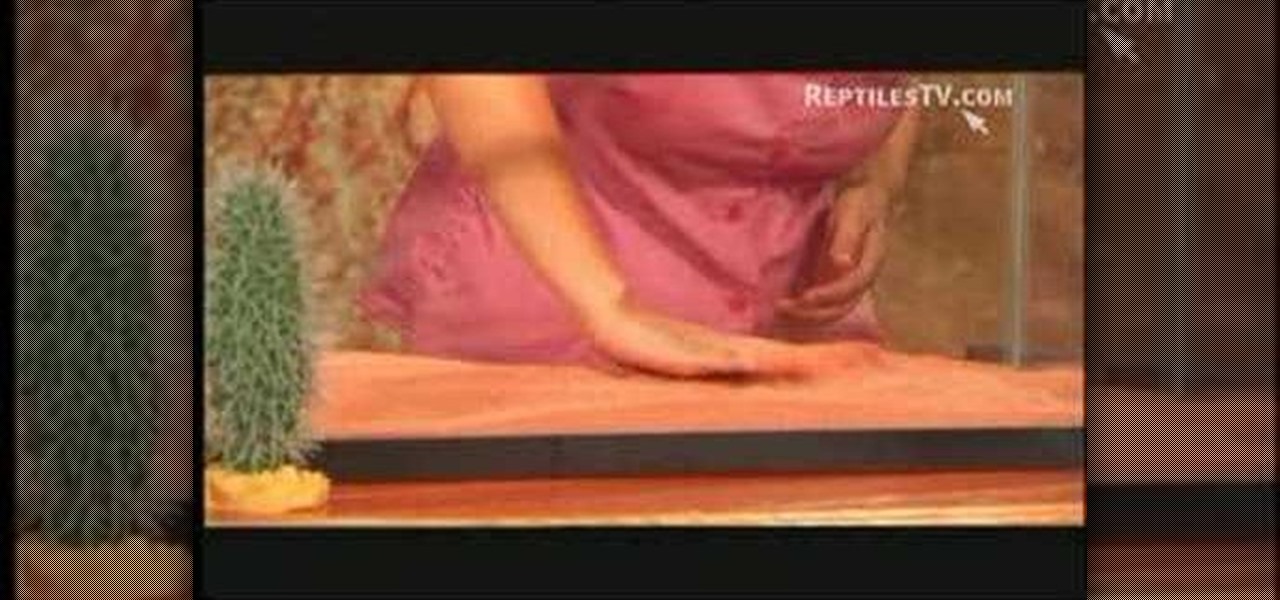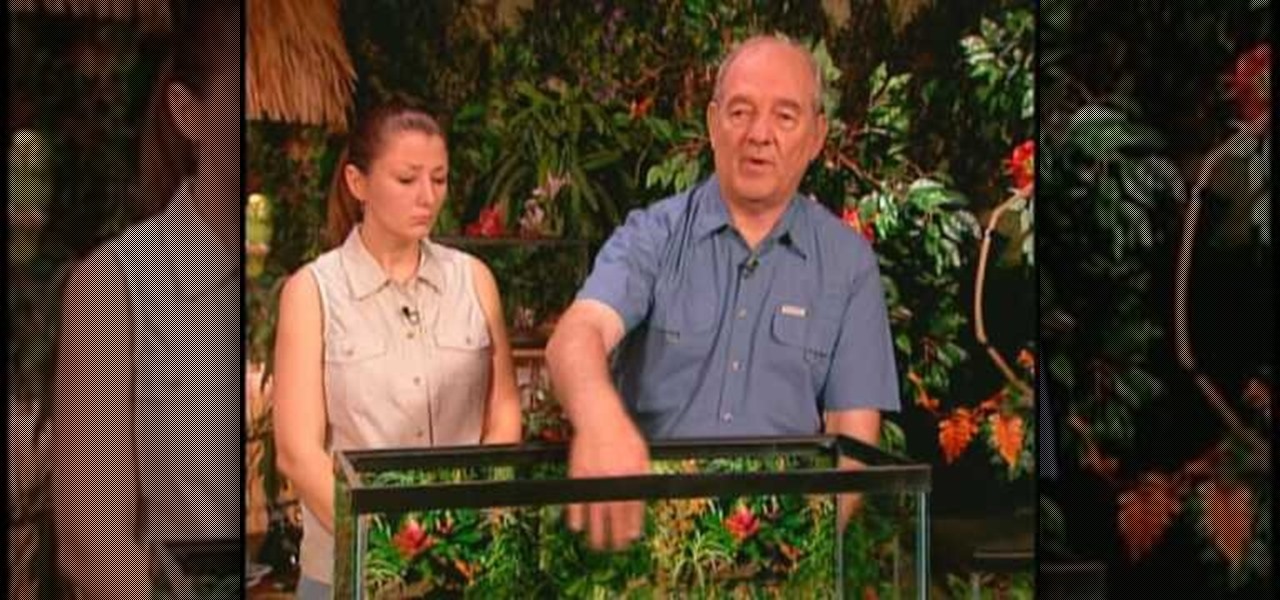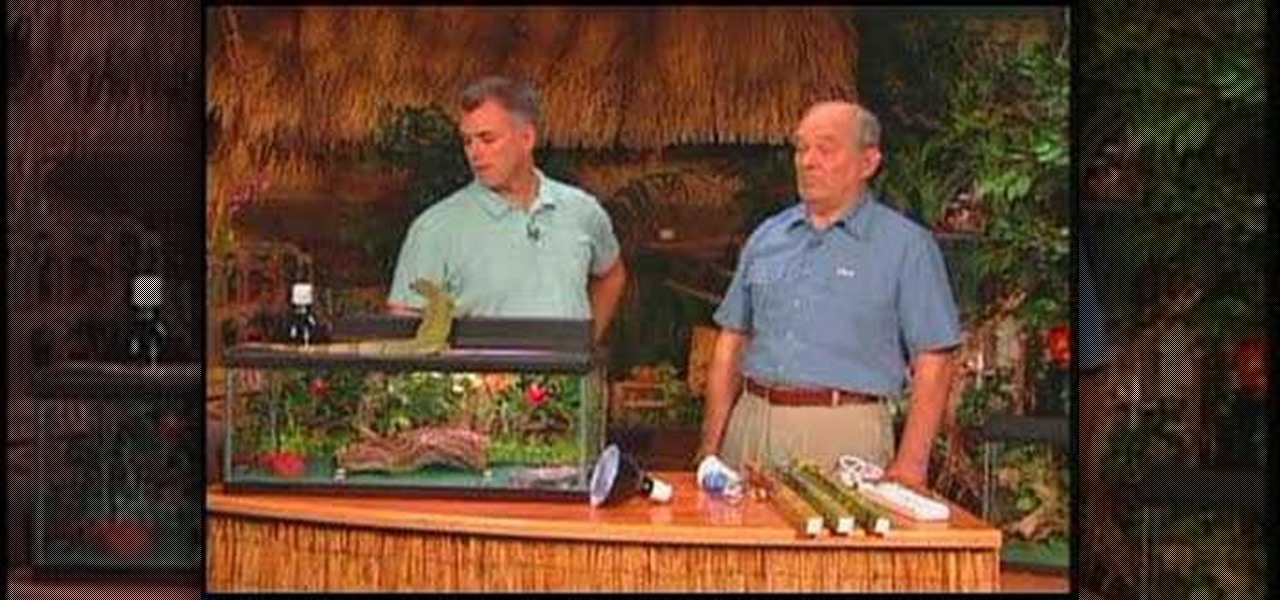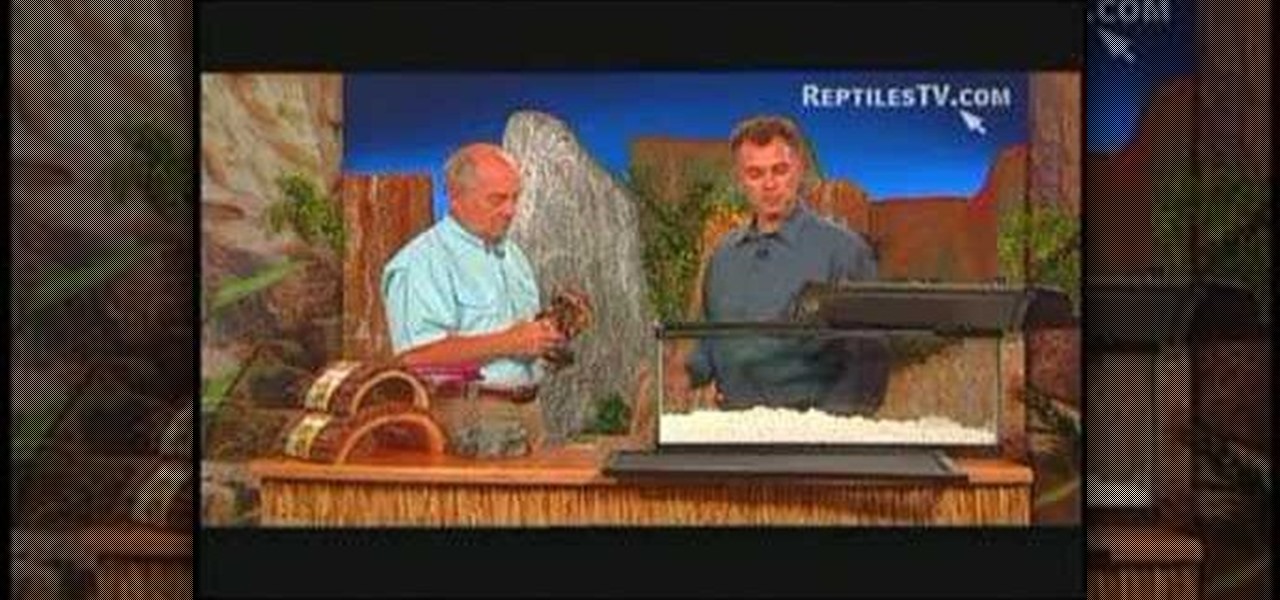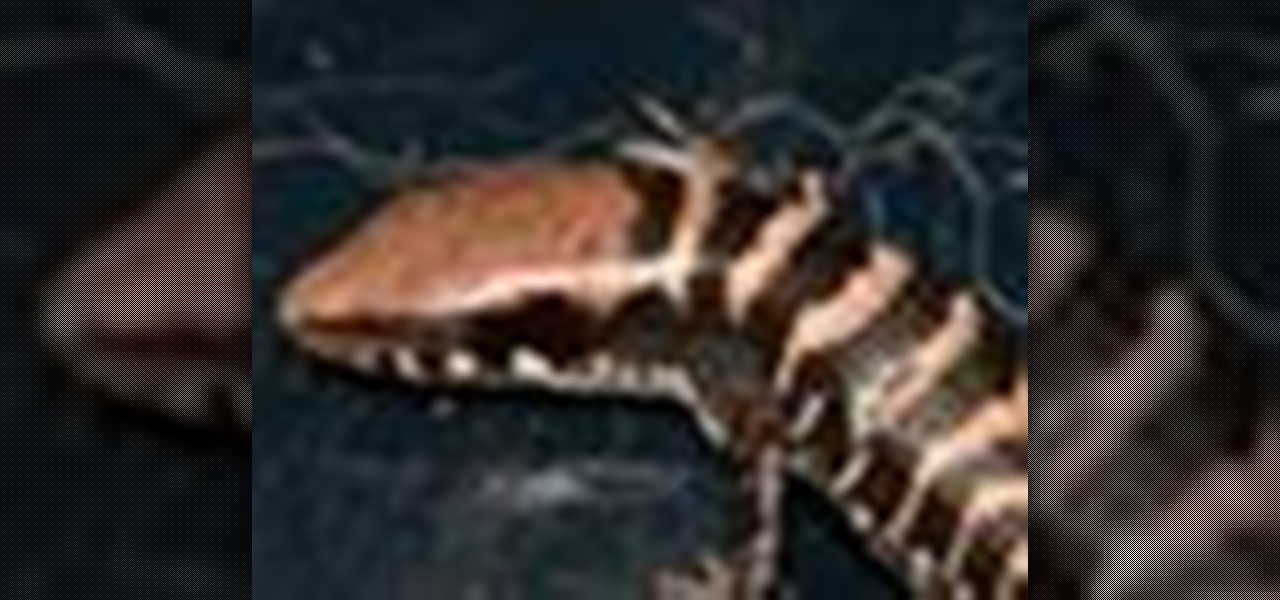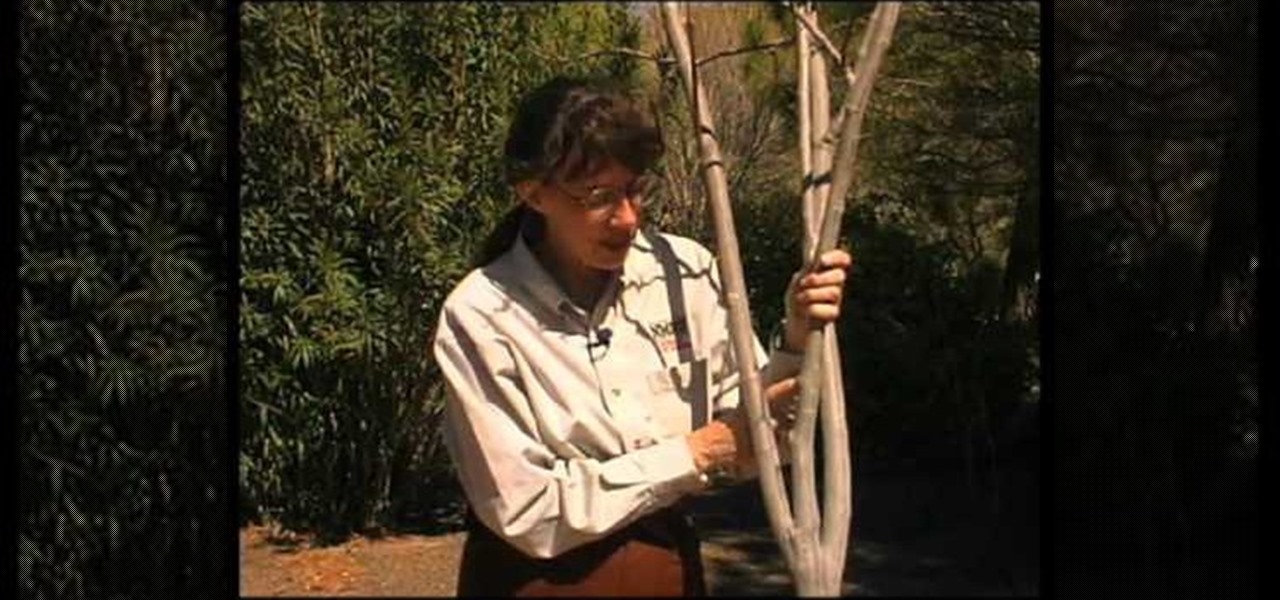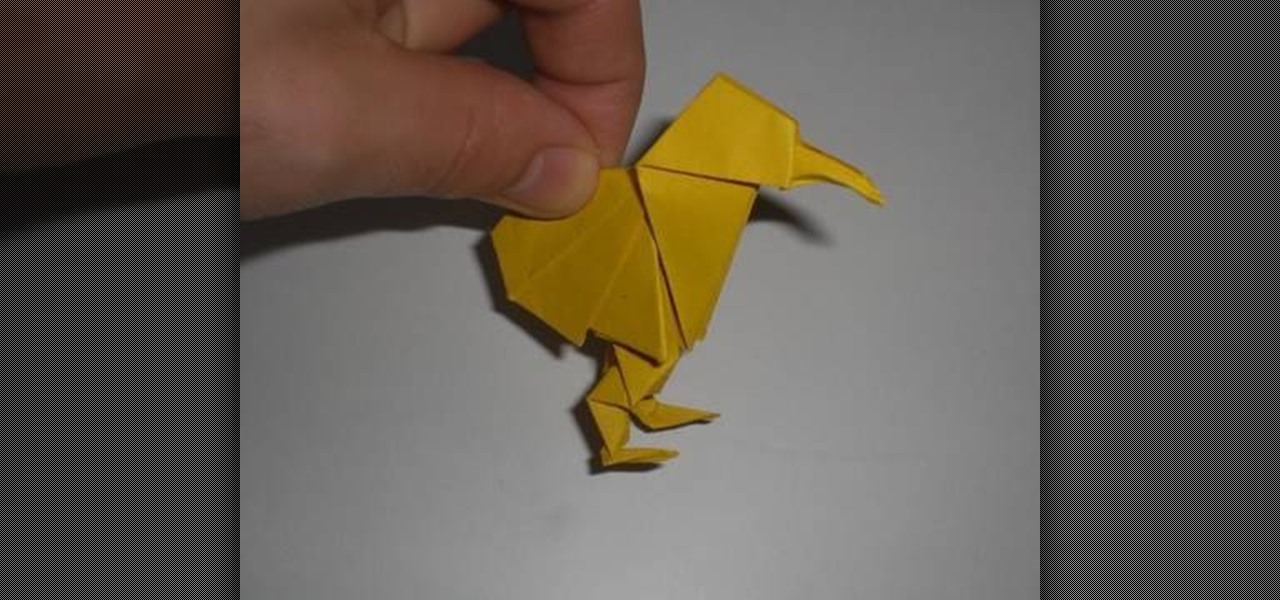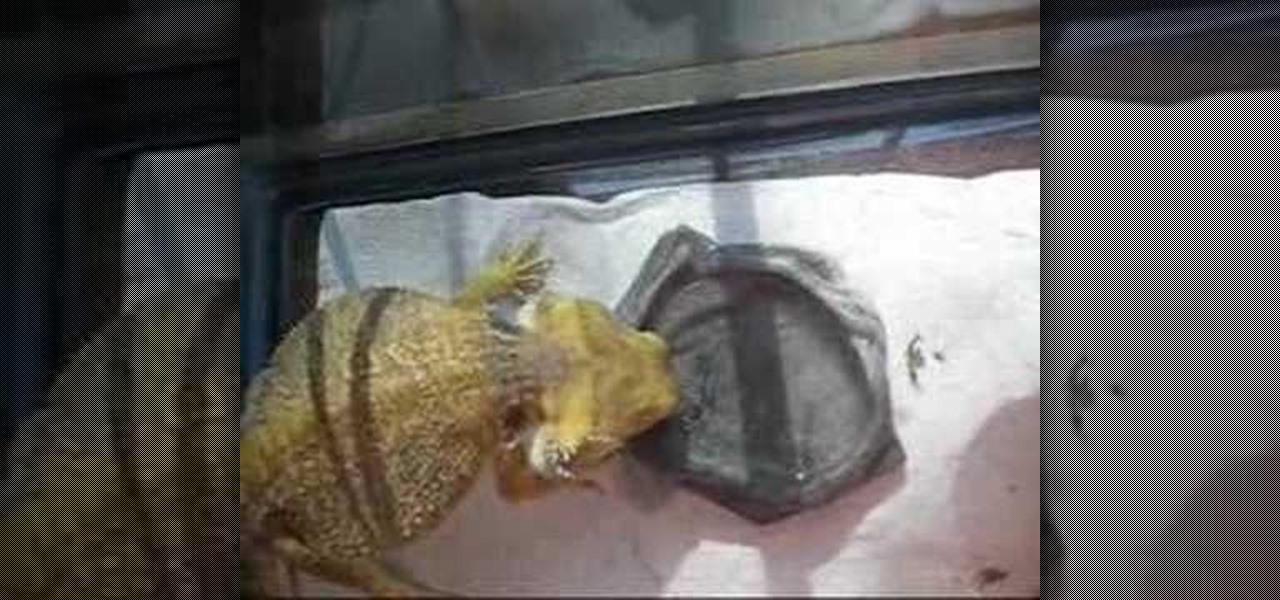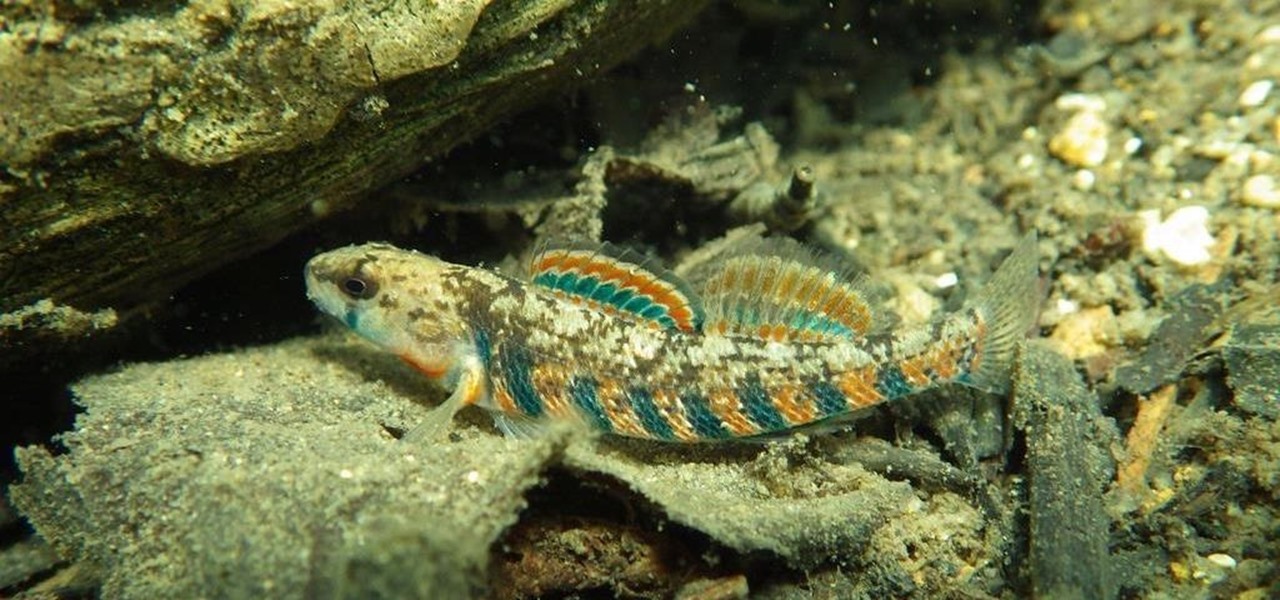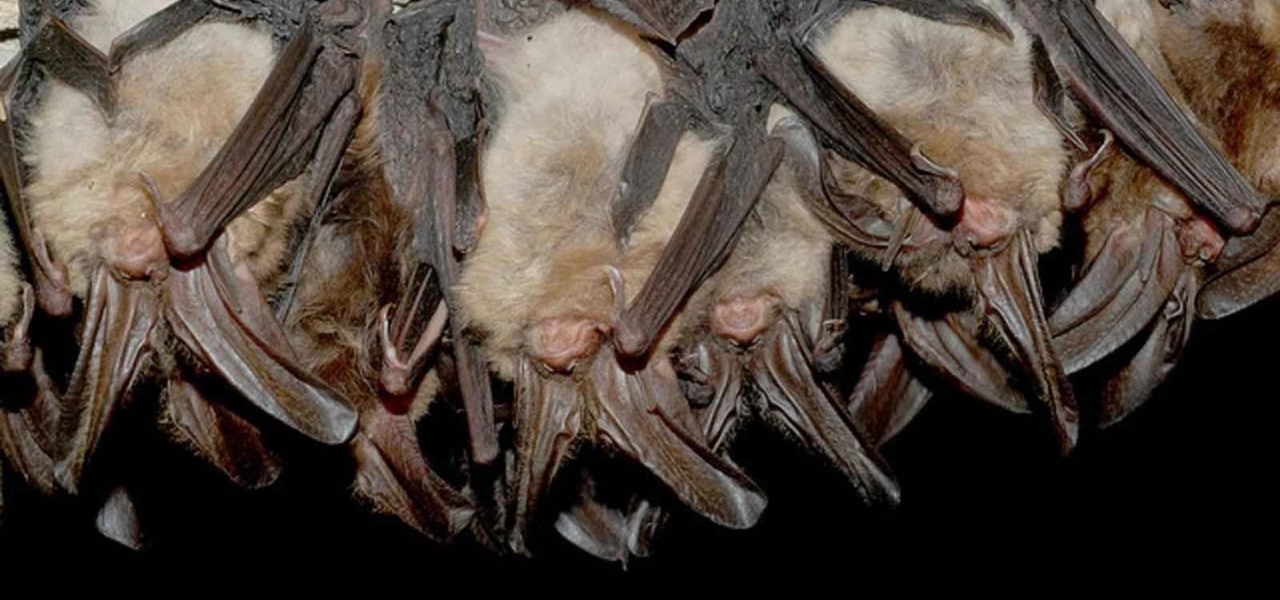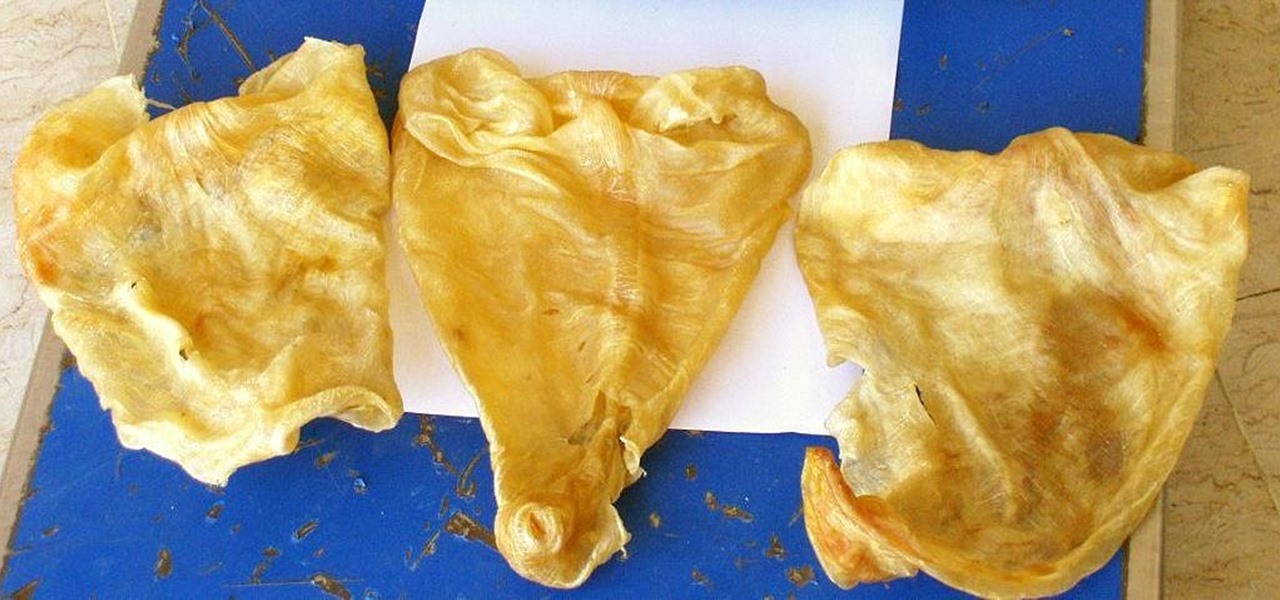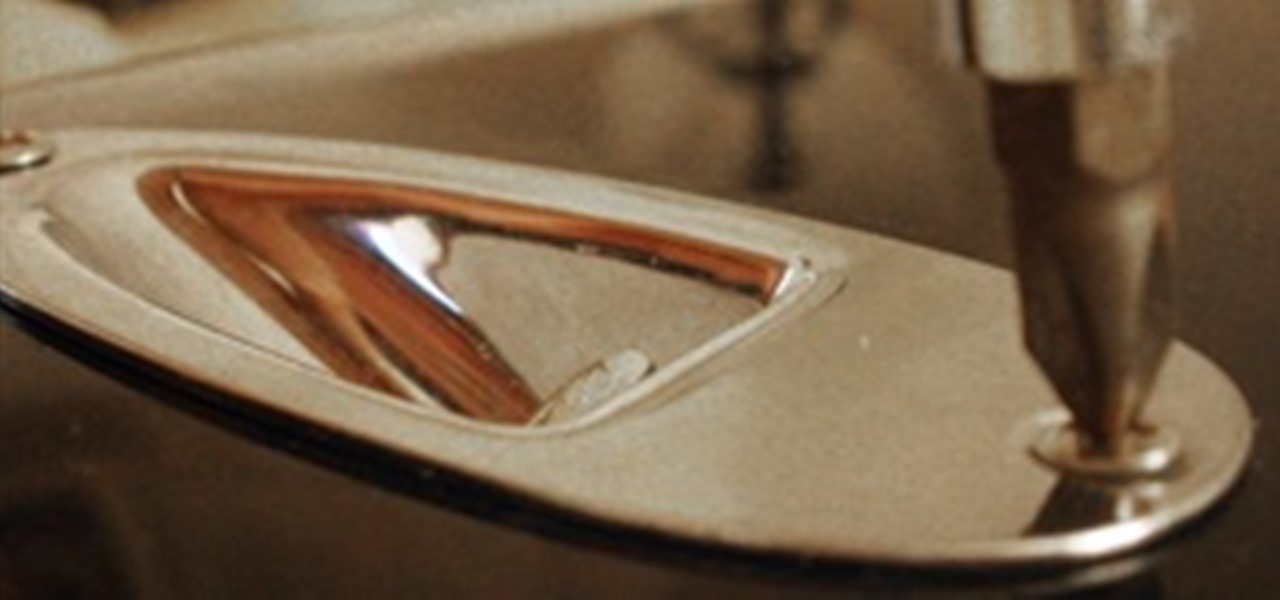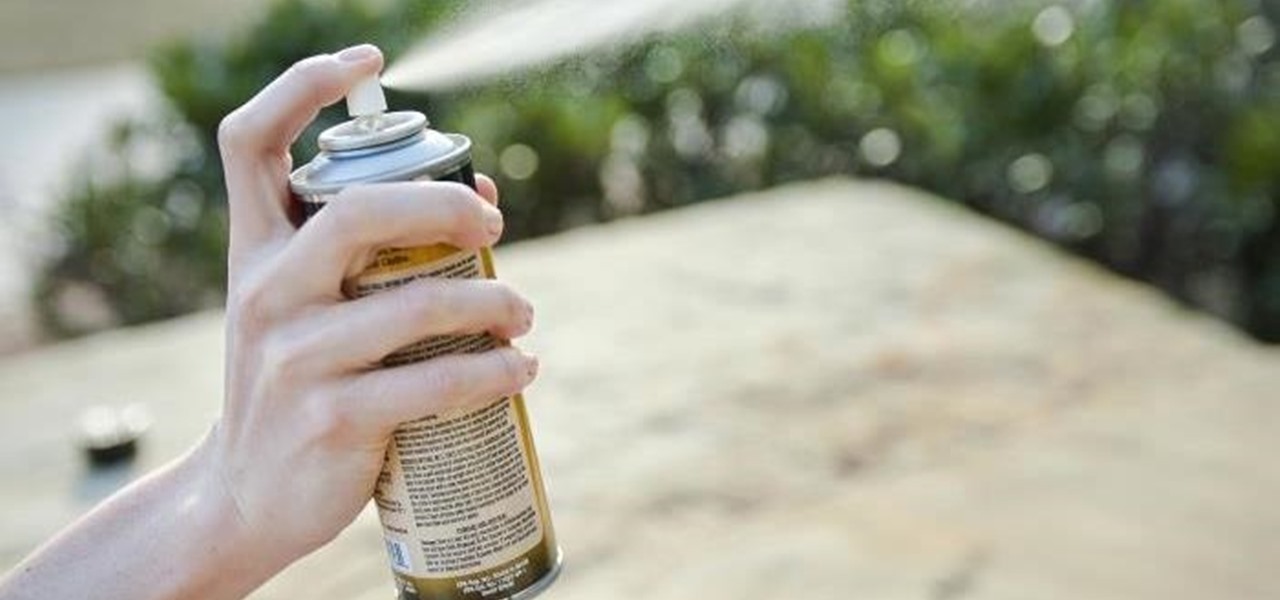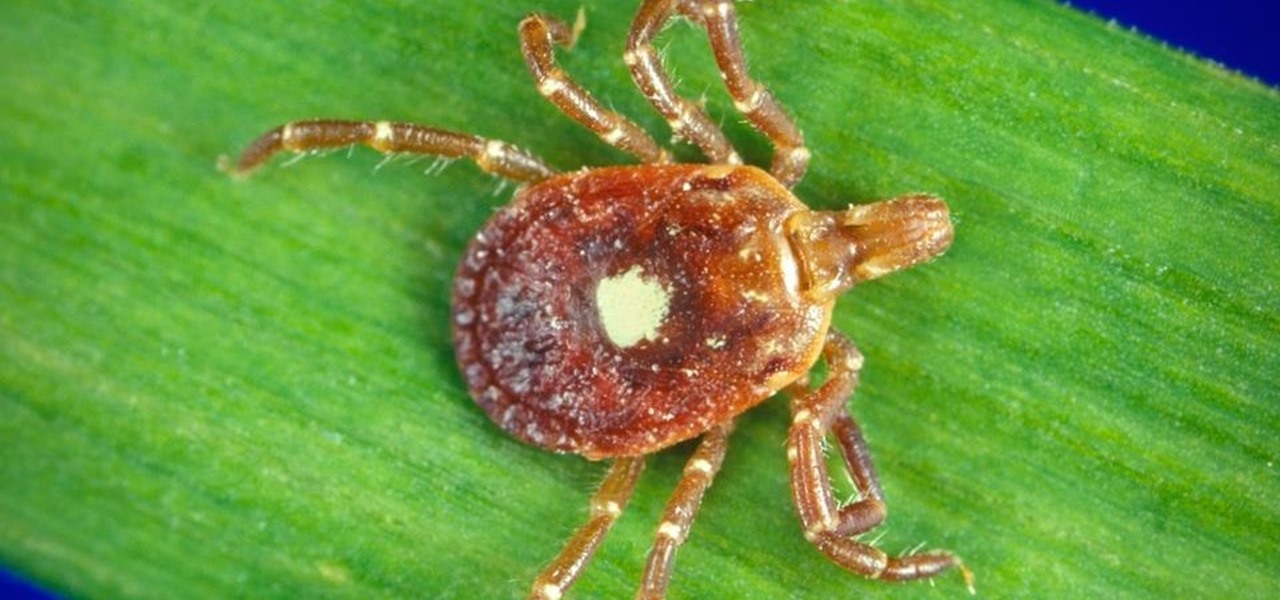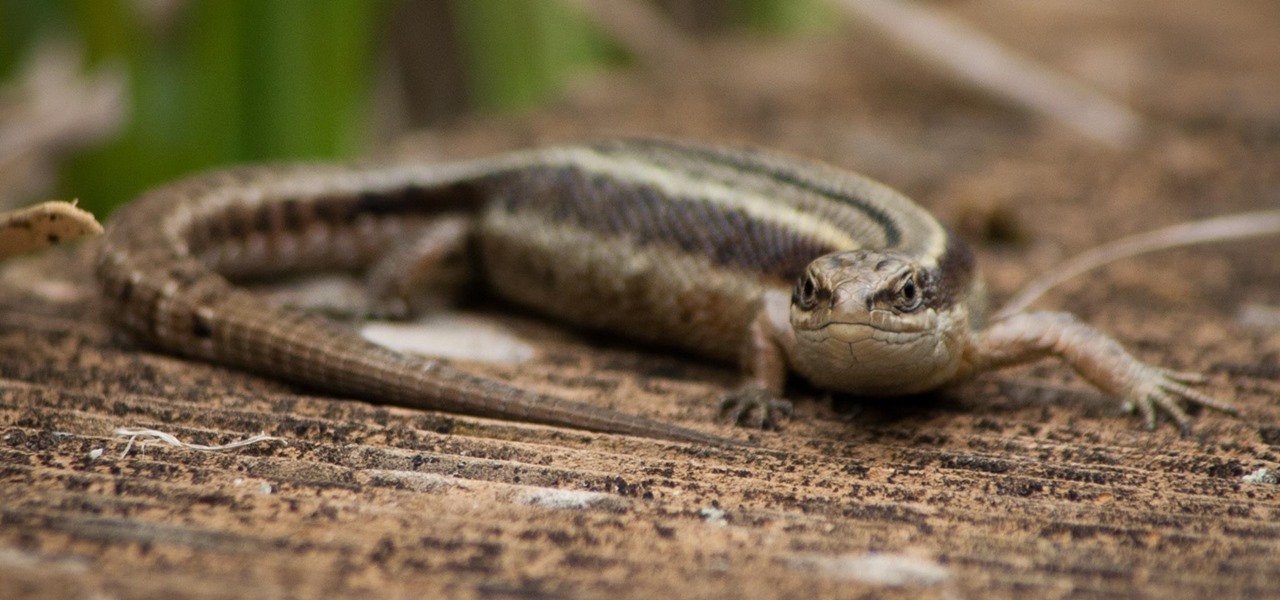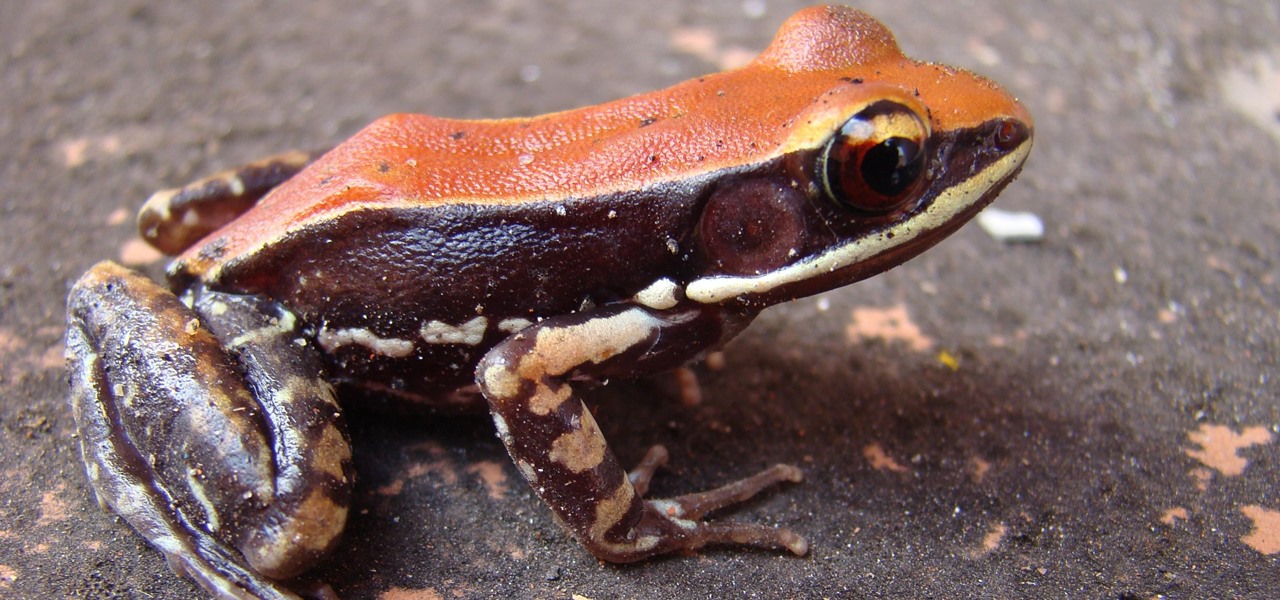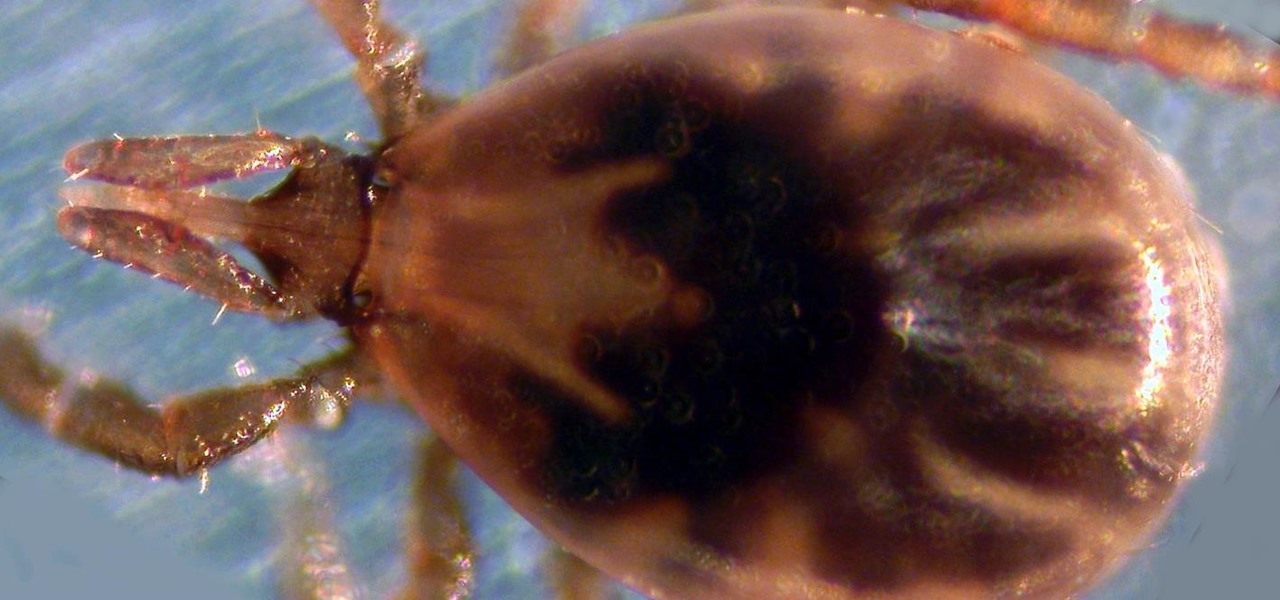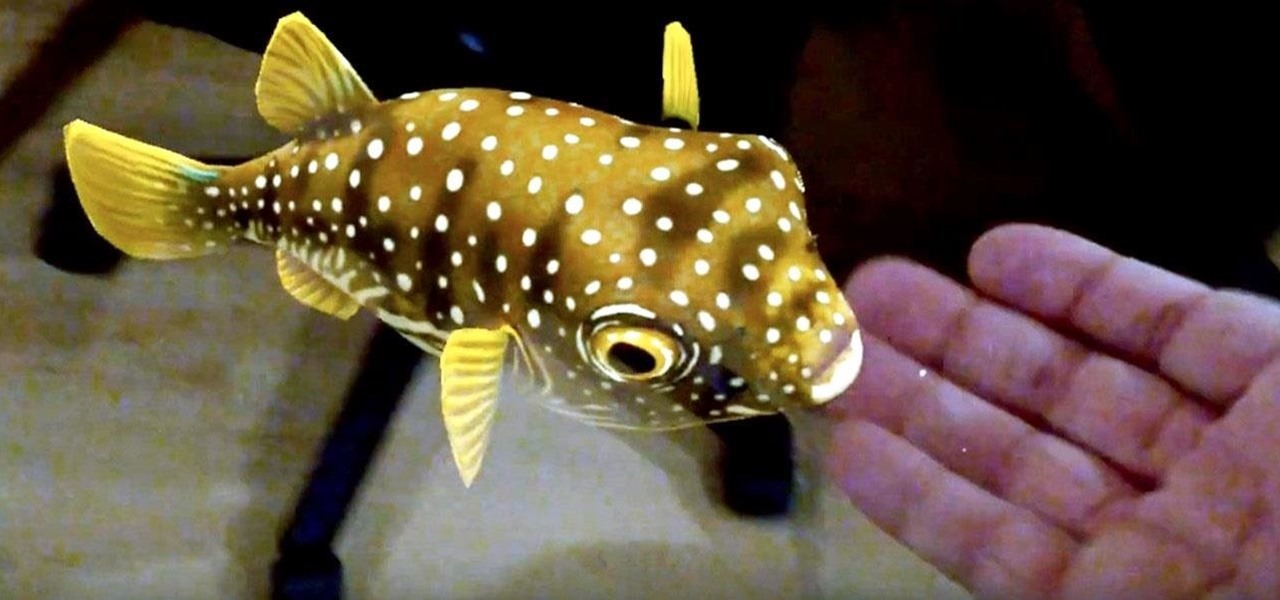
Wherever there are people, the party is sure to follow. Well, a party of microbes, at least. That is what scientists at NASA's Jet Propulsion Laboratory have found after a 30-day microbial observation of the inflatable lunar/Mars analog habitat (IMAH).

In this tutorial, we learn how to craft a bug barn or bug habitat. You will need: 1 Quaker oat box, masking tape, paint, mesh netting, poster board, ribbon, scissors, and a paint brush. First, cut one side of your box out and apply mesh over it with masking tape. Now, paint over the paint and over the entire box with your preferred colors. After this, decorate the inside of the box with paper. Cut a hole in the top of the box and place a string at the top to easily take it off. When finished ...

Join Host Israel Dupont and Zilla's Phil Bartoszek step by step, as they create a natural-looking desert-style habitat (for a Leopard Gecko) using Zilla's exclusive desert series of products. This program is not only instructive, it's fun!
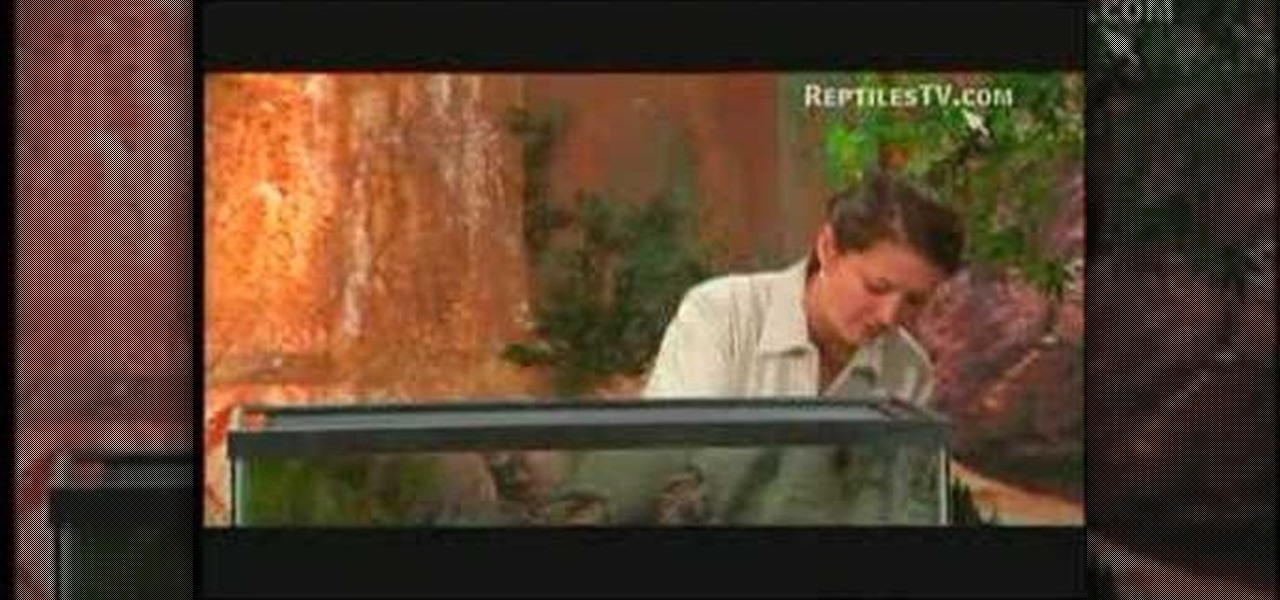
Join Host Israel Dupont with herpetologist Hillary Dupont as they discuss creating a habitat for your African spur-thighed/G. Sulcata tortoise. Hillary explains the tortoise's natural geographic location, its environmental requirements. And she and Israel begin designing the habitat with the substrate (bedding) and décor/enrichment elements.
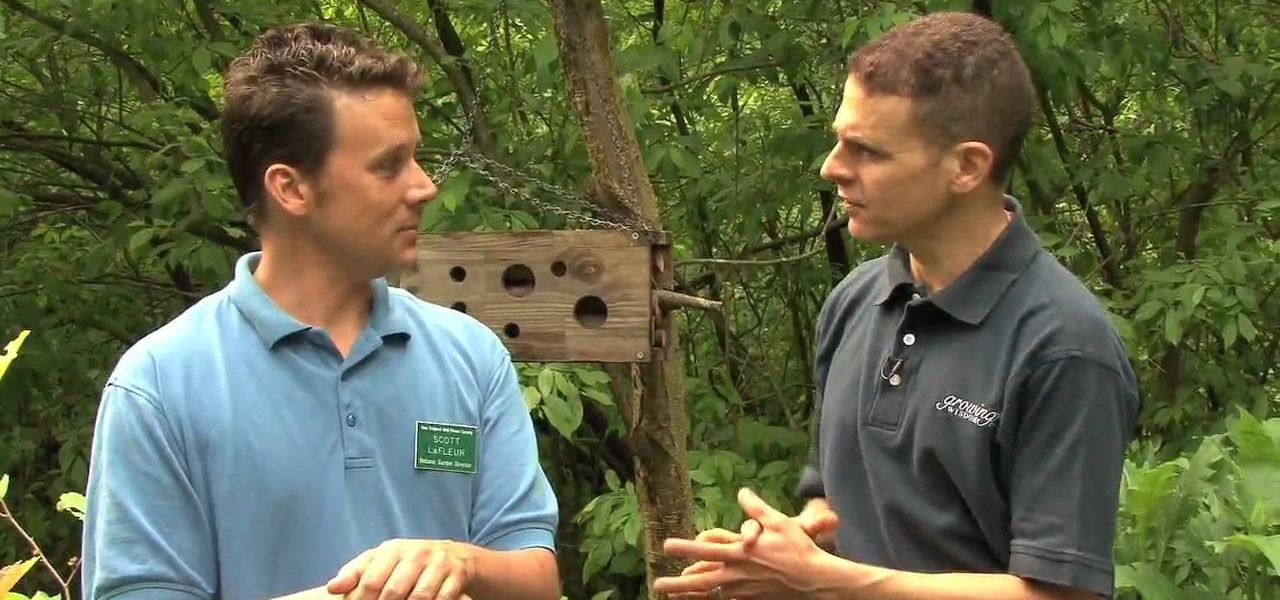
If you call the woods your backyard, then this next tutorial is for you. If you want to make something that all animals and insects can benefit from, then build a habitat garden. Not only can it offer food and nourishment, but it can also be a place that can be called home for many animals.
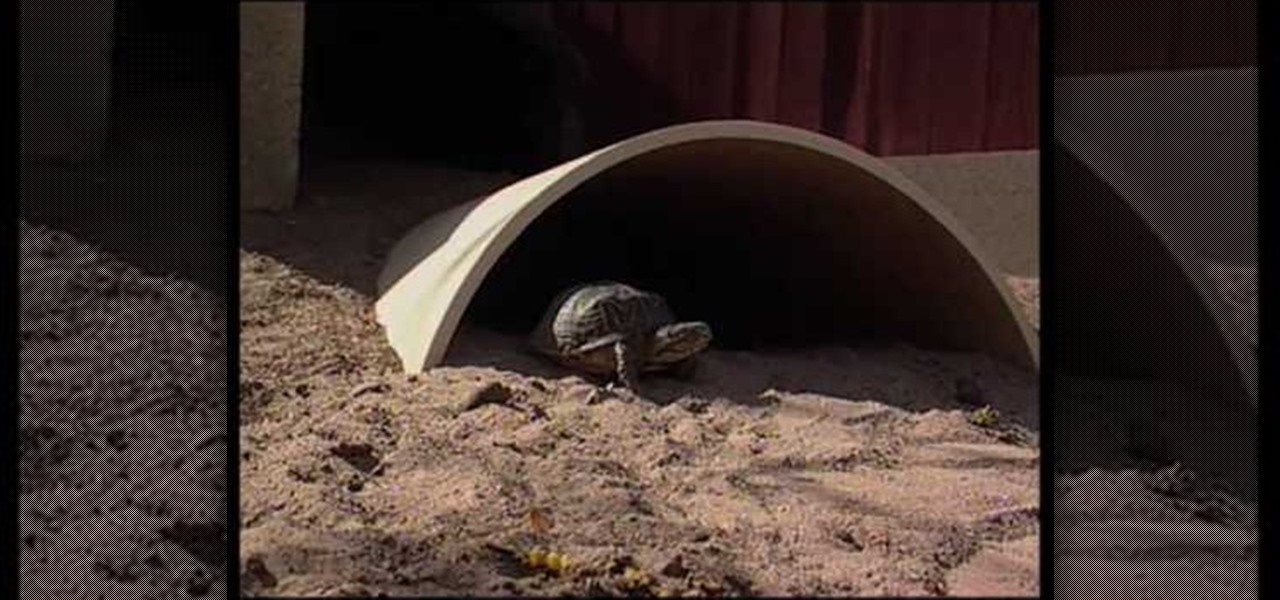
If you need to make a desert tortoise habitat you should be sure to do it properly since they are endangered animals. Desert tortoises like to eat plants because 90% of their diet should come from natural grasses. You should make sure they have dandelion, muellen and a bit of alfalfa. You can also feed them lettuce and make sure they get the right vitamins. You also need to make sure the soil is right for the desert tortoise. To build a habitat properly you need PVC pipes and slice these in h...

Do you know what part of the world the Leopard Gecko comes from? Does it like its home to be dry, wet, or somewhere in between? Do they like to climb trees and plants? Follow Host Hillary Dupont and ReptilesTV's Senior Herpetologist Ron Dupont as they discuss the environmental and habitat needs of your Leopard Gecko.

Creating a safe and appropriate environment for your bearded dragon requires knowledge of the animal's place of origin, as well as elements of an artificial habitat that enrich the lizard's daily living. Host Israel Dupont and herpetologist Hillary Dupont take you through step by step in what turns out to be a fun experience of science mixed with reptile interior decorating.

Possibly the most popular reptile pet in the world, the Green Iguana is beautiful and interesting lizard. Senior Herpetologist Ron Dupont passionately conducts a four-part tutorial on the lizard's habitat, lighting, diet and health. Ron, with the aid of his daughter Hillary, begins the tutorial on creating an iguana habitat, covering topics like enclosure choice, substrate concerns, background decoration, plants, and wood piece.

This video gives information on hermit crabs, and how to properly take care of them. Learn the common mistakes people make raising hermit crabs, how to avoid them, and how to build a good home for hermit crab pets.

Do you light your Green Iguana only so it can see? As our expert clearly explains in this chapter, it's more than just visual -- proper lighting is actually essential to keeping your iguana alive!

This ball python video shows you how to create a habitat for them

Watch and learn how to make your very own snake habitat. This is an OUTDOOR habitat and not one for an indoor pet snake. It may look like a pile of sticks but apparently, if you build it, they will come... Hosted by David and Molly from the Discovery Channel's Backyard Habitat. Care for snakes and build a snake habitat.

Make sure your reptile is basking in the correct lighting. This informative video instructs you on proper UV lighting to emulate your reptiles natural environment. Whether it be your Gecko, Snake, or Bearded Dragon, this two part video will show you the do's and dont's to benefit reptiles health . Educate yourself on how to properly light your lizard to always look his best. Wether it be your Gecko, snake, or Bearded Dragon, this two part video will show you the do's and dont's for your repti...

In this video tutorial, viewers learn how to use the Digital Lux meter. The meter is packed in a carrying case. Begin by removing the unit and the plastic cover from the sensor. Then install the 9V battery. This device has 3 settings and has a hold function. To use it, move the sensor underneath a light source until your receive the highest reading. It is recommended to have 8000-12000 SI for a reptile's habitat. This video will benefit those viewers who have a reptile and Digital Lux meter, ...

How to identify insects in your gardenCarol Sutherland explains us in this video of how to identify insects in your garden. She is an extension entomologist and she explains her view on the insects here. To be known is that some insects are damaging, some others we want to be aware of and some are necessary in your garden. Here during the garden season you get to see insects on trees as they form a familiar habitat. Mostly on the split ends and the broken ends the insects gets invaded. She sh...

One of the best parts about Terraria is that not only do you get to design and build your own habitat, there are bosses to be fought as well. Of course, bosses can also be incredibly frustrating. If you want to know how to kill the Eye of Cthulhu, check out this great clip.

Seriously, how could you NOT fold this adorable kiwi? Chubby, tiny, and totally kawaii, this origami kiwi is a proud and beautiful mascot for its indigenous habitat of New Zealand.

Finally, a way to teach a bearded dragon how to drink from a water dish on their own so. While acclimating to a new habitat, a bearded dragon might not understand how to utilize the water supply. Watch this video pet training tutorial and learn how to teach a bearded dragon to drink from a water dish.

Learn how to take care of hermit crabs and make them a home. This video tutorial covers the items a hermit crab needs in its habitat as well as what to expect when having a pet hermit crab.

To fish with a plastic grub or a plastic worm, rig with a lead head so that the lure will go to the bottom and "swim" back to the boat, imitating a crayfish or a baitfish. First, cast your lure out to a likely spot like a rock or a tree or some place that looks like a good habitat for a fish. Let the bait hit bottom because bass like to watch it come down. They will swim over and inspect the lure on the bottom. You can raise your rod to lift the lure up and down or you can reel in the lure sl...

Exposed to hormones, pharmaceuticals, and other chemicals, the beautiful wild fish in Canada's Grand River have taken on some pretty odd characteristics—they're turning into females. A long-term study suggests using bacteria to manage polluted water could turn the tide for feminized fish.

This is a step-by-step video guide on how to create a leopard gecko enclosure/habitat.

As summer mosquito season approaches, researchers are warning people with previous exposure to West Nile virus to take extra precautions against Zika. A new study found that animals with antibodies to West Nile in their blood have more dangerous infections with Zika than they would normally.

Over 6,500 waterfowl—mostly ducks—have died in Canyon County, Idaho, stricken by avian cholera. The outbreak started in February, and before it's over, it may not only be Idaho's largest outbreak, but one of the largest in the country.

While the concepts of molecule interaction, zero force and energy states might be a little beyond an elementary school science fair's scope, the basic idea of water's capabilities and naturally prepared access to animals and insects that rely on it as a habitat is certainly worth the time. Learn how to duplicate this natural phenomenon in this free video clip series with our expert Scott Thompson as he demonstrates the occurrence of water skin or skin tension, and shows you and your children ...

Windborne microbes shifting in the snows of the great ice sheet of Greenland may be able to neutralize some of the industrial contaminants oozing out of the melting ice.

Tell the truth. The bat picture creeps you out. You are not alone. But in reality, bats truly are some of our best friends. They gobble thousands of disease-spreading bugs a night. But they also carry viruses that can be deadly to humans. So, bats — friend or foe?

Fish is a remarkably useful ingredient, whether you eat it as is or use fish sauce to give your recipes extra depth and flavor. However, if you enjoy a glass of Guinness on occasion, you might be surprised to know that there's most likely fish in that beverage, too.

The guitar is a double-edged sword. I've played all my life, and though I love the act of guitar playing, there are quite a few people I could live with never hearing play again—ever.

As summer heats up, new maps from the Centers for Disease Control and Prevention (CDC) gives us our best guess at where Zika-carrying mosquitoes could be hanging out this year in the US.

The possibility of severe tickborne illness is increasing as an aggressive tick from the American southeast moves up the Atlantic Coast.

As headlines focus on melting glaciers and rising water levels caused by global warming, climate change is quietly taking its toll on the nearly invisible occupants of this planet, the microbes.

Our quest to find novel compounds in nature that we can use against human diseases —a process called bioprospecting — has led a research team to a small frog found in India. From the skin slime of the colorful Hydrophylax bahuvistara, researchers reported finding a peptide — a small piece of protein — that can destroy many strains of human flu and can even protect mice against the flu.

The Great Barrier Reef in Australia is the largest living system on the planet. Yet more than 90% of the reef is bleaching because of the loss of a tiny algae that lives within the coral.

For regions that experienced a boom in mouse populations last year, scientists say 2017 could see a surge in cases of Lyme disease.

The pathogen referred to as a "nightmare bacteria" is quietly adapting and spreading faster than anticipated.

Transmitted by ticks, Lyme disease is a serious infection that is probably headed your way. A recent study confirms the pathogen that causes Lyme disease is now established in nine national parks in the East, including Acadia and Shenandoah National Parks.

The latest immersive production from Magic Leap Studios finally got its debut on Monday at Siggraph, during which the company also released the app to the general public, so we took it for a spin.

A 6,000-year-old forest inhabitant awakens to find life in the forest around it in crisis. Plants, trees, animals, and birds are moving north to escape increasingly heated air, even as mass extinctions take place around the world. The inhabitant stirs and remembers it has lived this before and knows what to do.









